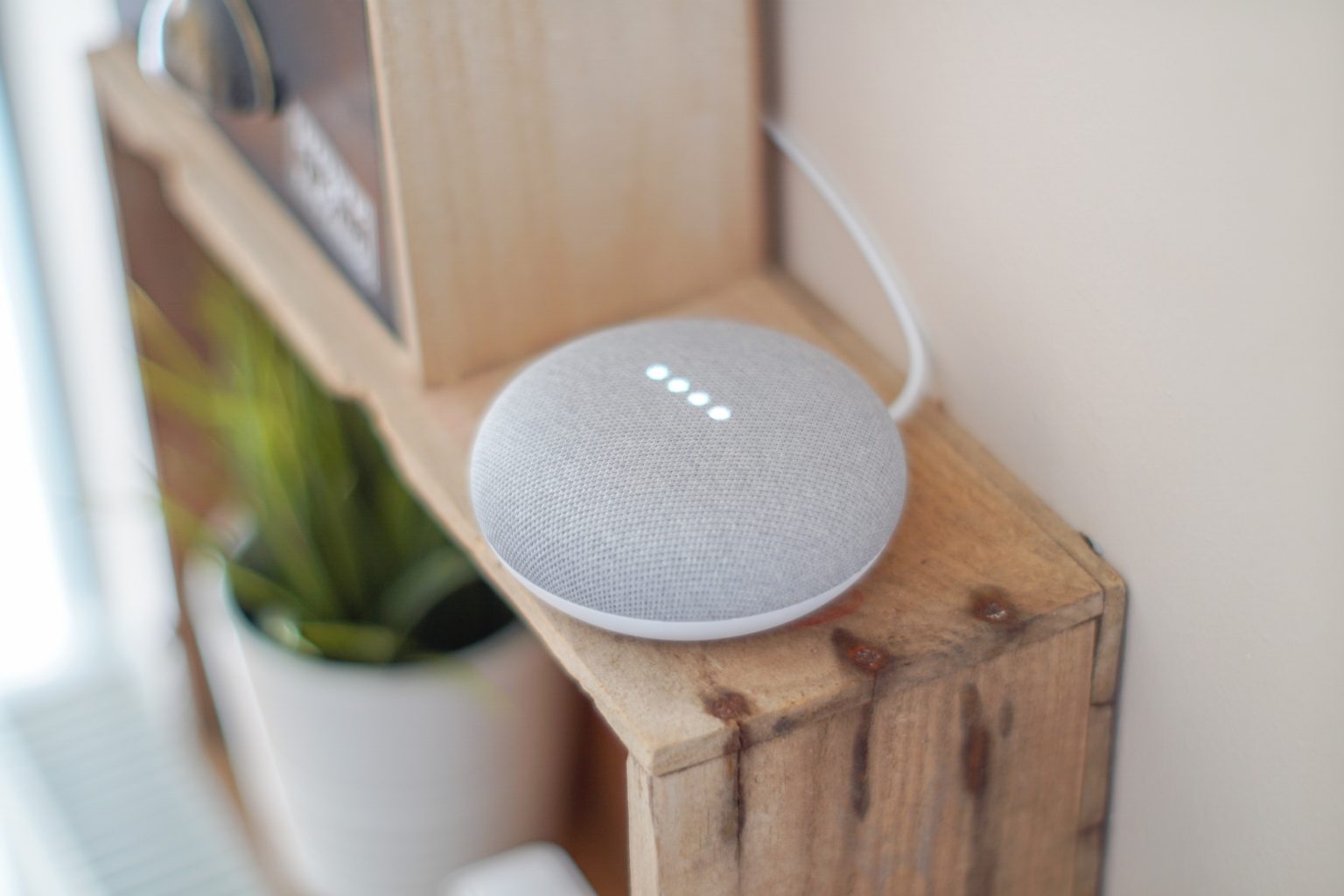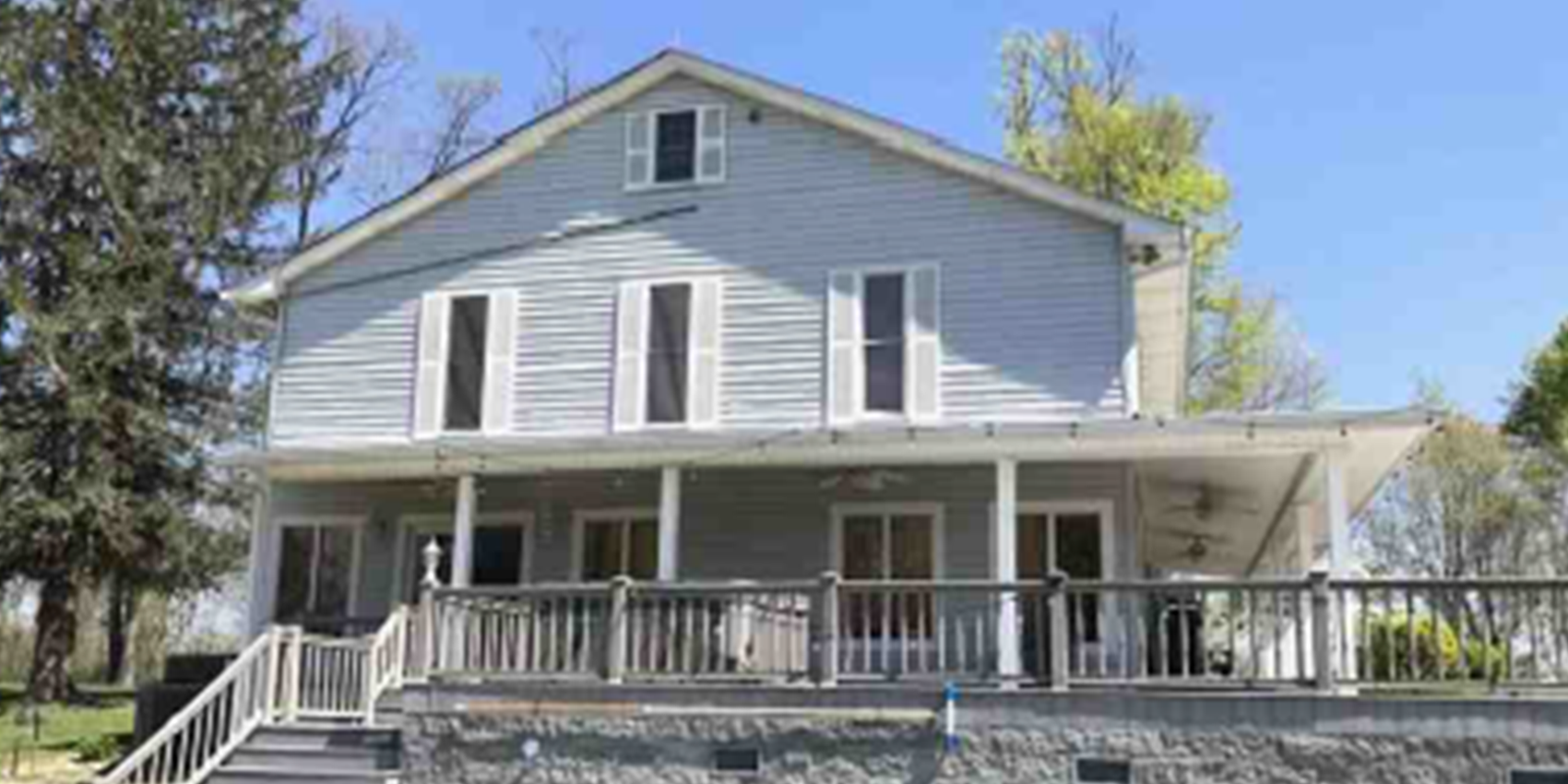When asked why she didn’t have a smartphone, an elderly lady said it was because it was smarter than she was and well, no thanks. Not true, of course, and when she received one as a gift she happily took on the challenge and was amazed by its capabilities. However, the Roomba is still completely beyond her comprehension. (“It does it all on its own? You don’t have to tell it? Even while you sleep?”)
That device, and many more like it, are on the front wave of technology that is currently overwhelming homeowners, real estate agents and developers. The boom of smart homes that was predicted five years ago has arrived. By the end of 2019, 22 percent of homeowners reported owning a smart home device. When was the last time you said, “Hey, Google”?

The global home automation market is expected to grow to serve an increased demand for convenience and by 2023 will likely reach $85 billion with a compound annual growth rate of 11 percent. These new smart homes will encompass some 60 million residences, or a little more than 40 percent of all North American homes.
Vendors and manufacturers joining the tide will include those in lighting controls, climate control, security, entertainment, and others. Fortune 500 companies such as Honeywell, UTC, Schneider, Samsung and others will lead the way.

Recently, the largest increase in smart homeownership occurred among 35 to 54-year-olds. Because this age group is embracing the trend, we know that the smart home concept has moved beyond “early adopter” and into the “mainstream consumer” territory. Between 2017 and 2018, the market for smart homes grew by 38.6 percent year-on-year with Millennials being the top consumers. Ninety-one percent of this tech-savvy generation would recommend smart technology and would buy it again for themselves.
Homeowners aren’t the only ones who want the convenience and security of smart devices. Renters are beginning to research these options when they look for apartment homes, condos, or townhomes. Developers and builders taking on new multi-family assets should know that renters will be expecting “learning thermostats,” digitally managed door locks and automated security, including cameras. They are looking for the “Wow” factor before signing that contract. The options for smart connectivity will also help new builds stand out from other, less expensive competition.
This brings up a few questions that might be tough to answer such as, How do I decide which devices to include or to offer? How do I incorporate them into my current property management system? How do I get all my agents on board with the new technology? What will be the time required for my team to climb the learning curve? Who will train the customer to use the “learning thermostat?” Who provides technical assistance to the renter when necessary? And more!

Be prepared to spend more time between renters re-setting the security systems or fixing the internet connectivity so important to all the devices. (By the way, who pays for that?)
Nonetheless, the multifamily asset field is becoming a target for connected technologies as investors begin to realize the as-yet untapped potential this asset offers. Smart home property managers can use this technology to operate their communities more efficiently, charge higher rent prices and attract and retain occupants. And recently, Apple, Amazon and Google announced a push to develop a standard for Internet-connected smart home devices so they can all interoperate, making the coming tsunami even more likely.
Although the technology has traditionally been targeted to higher-end homeowners, it makes sense to offer it to all kinds of occupants, event renters. It’s just a matter of time until even little old ladies will say, “Alexa, turn on the lights.”







